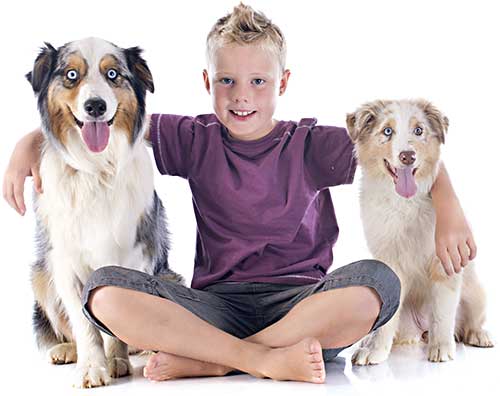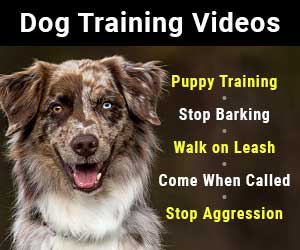
Child Dog Bite Prevention: How To Keep Your Children Safe Around Strange Dogs
Protecting your child from dog bites begins with awareness. When children grow up with dogs in their home it is a great experience that teaches them many things. They learn about responsibility, caring for living creatures, the rewards of persistence in teaching as the dog learns obedience commands and tricks—all the positive experiences we think of when we consider the benefits that a dog can have for a child.
However, as a child develops this bond and builds a trust it can lower their guard when dealing with other dogs. While children can certainly be bitten by their own family's dog there is at least the foundation of knowledge that they have about each other. They get used to each other and with the guidance of their parents the children have learned how to play safely with the family dog(s).
This can certainly help them deal with strange dogs but it might also cause them to lower their guard or to assume that the other dog will respond the same way as theirs does. Your child may be able to get away with a lot with your dog that would get them bitten, severely injured or worse with another dog.

Your children may feel safe and comfortable around your dogs, but do they know the precautions they need to take with strange dogs?
Approaching Strange Dogs
If you were a dog how would you rather be greeted? By a jumping, screaming child rushing toward you to grab you around the neck or by a calm, relaxed child who is speaking more softly and presenting their palm-up hand to sniff when you are ready.
But before approaching any strange dog children should know that they must first get permission from their parents and the owner of the dog so they can be supervised.
Parents should not assume that just because a dog appears obedient and calm that it is safe for children to approach. Perhaps the dog is obedient with their owner present but is not well socialized and becomes nervous or territorial around strangers.
So children need to also be taught how to approach strange dogs. Slowly and calmly. Avoid rushing at the dog or towering over them in a dominant manner. Don't stare them in the eyes, immediately pat them on the head or hug them around the neck as these could all be considered aggressive acts toward the dog.
What If Your Child Is Bitten?
Despite taking all these precautions what should you do if your child is still bitten? Of course, you will want to wash the injury as soon as possible and seek medical attention. Dog bites should not be taken lightly as it is not only the immediate damage done by the bite but the infections and diseases that can result.
Find out who the owner of the dog is if you don't know already. You will want to know the health of the dog so you can let your doctor know. Rabies may or may not be common in your area but it is still something to be taken seriously as with any animal bite.
Once a medical professional is involved they will likely have to report the dog bite to authorities who may quarantine the dog. Consequences for the dog and owner can be severe. The owner may face criminal charges and liability for damages. The dog may be declared a dangerous animal and subject to onerous restrictions or even be ordered to be put down.
This is also why, as a dog owner, you will want to be alert to unfamiliar children approaching your dog.
Your child can be exposed to a strange dog in many places, like at a friends house, at the neighbourhood park or just walking down the street. It's a good idea to remind our little ones about how to interact with our furry friends to keep them both safe.
Have Dog Training Questions?
Check out these introductory dog training videos...
I want my dog to stop being aggressive.
I want some help training my new puppy.
I want my dog to stop barking at everything.
Get Australian Shepherd Info, Website Updates, Special Offers, and Cartoons...
FREE GIFT
You'll also receive a free copy of the ebook
My Everyday Dog Training Tools
by professional dog trainer Daniel Abdelnoor, "Doggy Dan"











 Loading Image...
Loading Image...